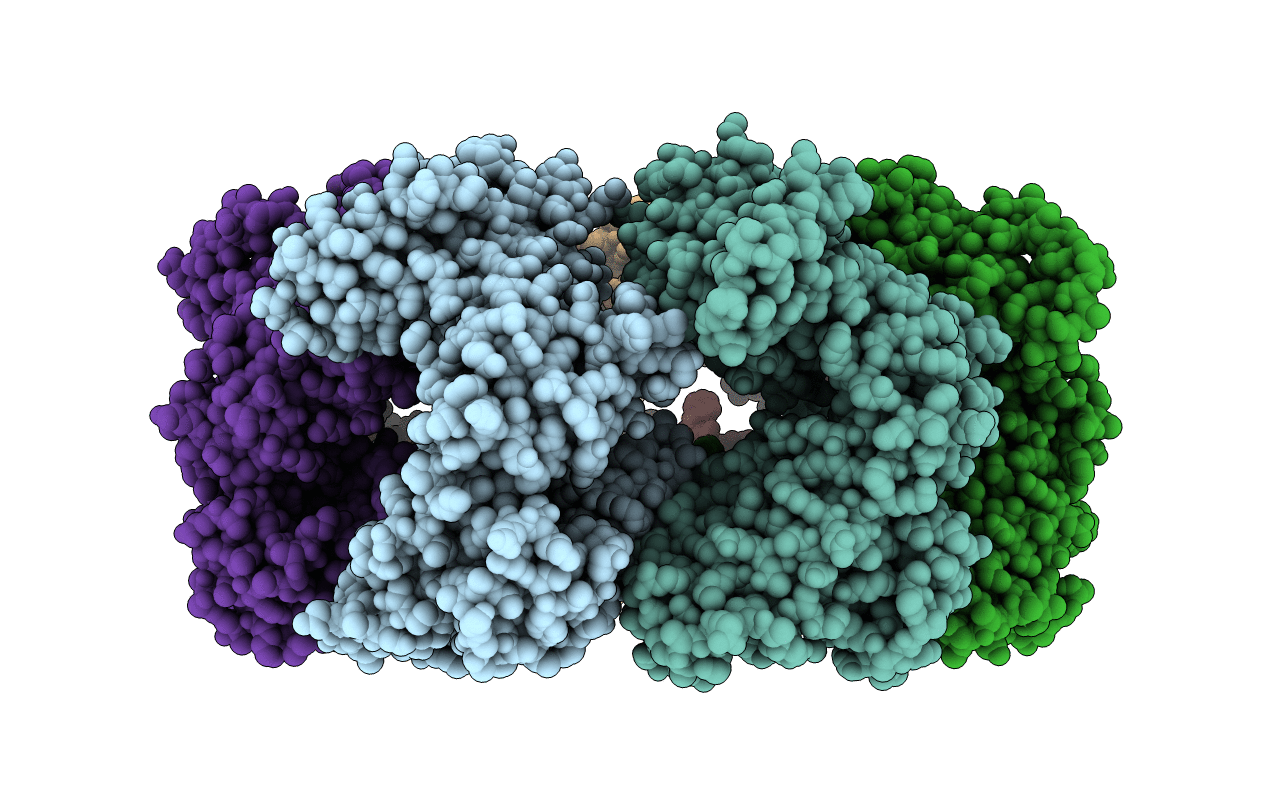
Deposition Date
2021-08-26
Release Date
2022-08-31
Last Version Date
2023-11-29
Entry Detail
Biological Source:
Source Organism:
Epinephelus coioides (Taxon ID: 94232)
Host Organism:
Method Details:
Experimental Method:
Resolution:
3.50 Å
R-Value Free:
0.22
R-Value Work:
0.18
R-Value Observed:
0.18
Space Group:
P 21 21 21


